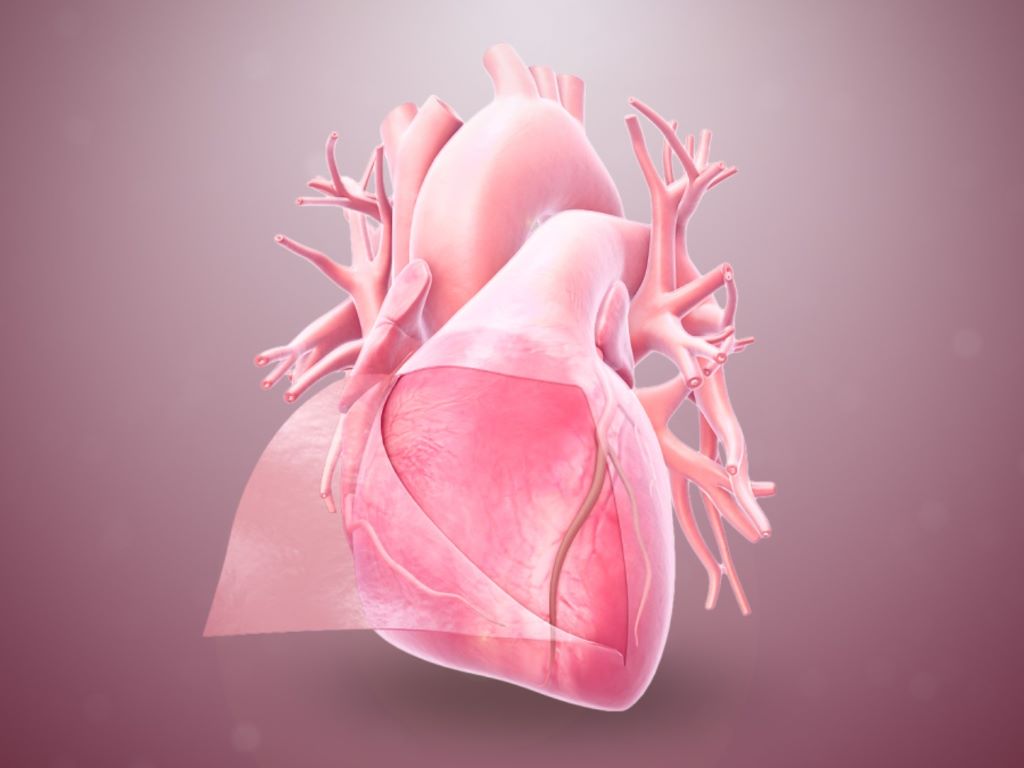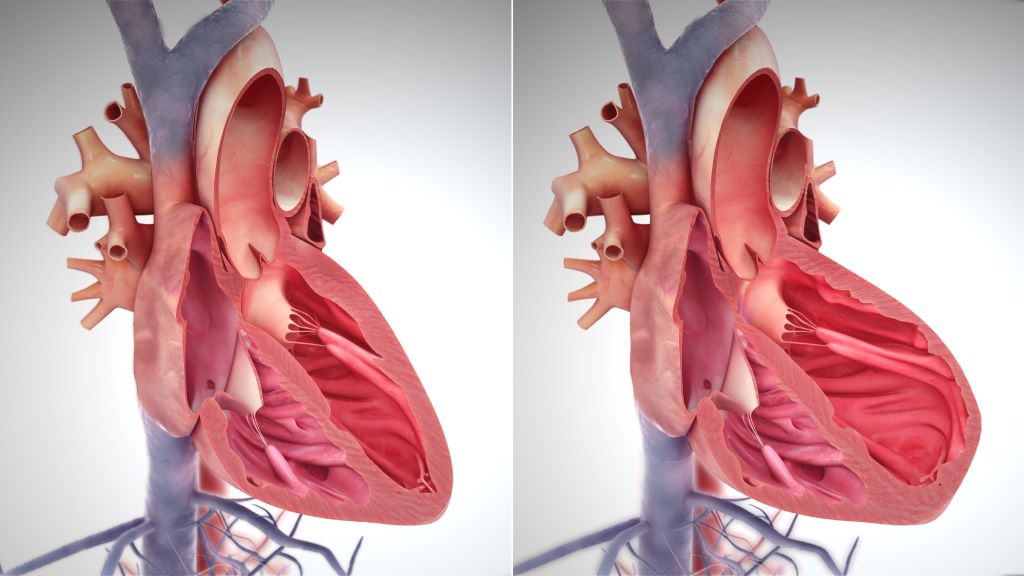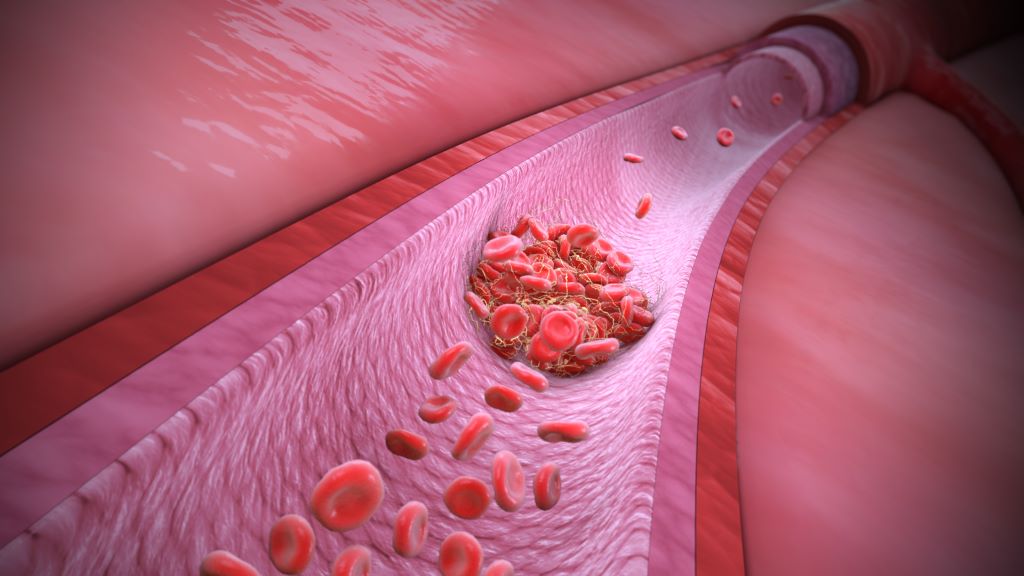Pharma Dynamics’ Heart-healthy Cookbooks Clinch Top Spots at Global Cookbook Awards

South African heart-health is in the global spotlight this month, with Pharma Dynamics celebrating two major honours at the 30th Gourmand World Cookbook Awards, that took place during the Cascais World Food Summit in Lisbon, Portugal from 18–22 June 2025.
Hearty – Pharma Dynamics’ recently launched digital heart-healthy recipe collection was awarded first place in the category: Best Free Recipe Resource in the World and also secured second place in the Free Resources for Healthcare Professionals category.
As part of its milestone celebration, Gourmand International reviewed three decades of award-winning cookbooks to identify the “cream of the crop” from each country. Cooking from the Heart’s DASH Edition, which won the Gourmand Award in 2023 in the Professional Health and Nutrition category, was selected as one of 20 standout South African titles of the past 30 years, nominated for the Gourmand’s 30th Anniversary Showcase.
The Cascais World Food Summit and Gourmand Awards bring together more than 500 food professionals from over 80 countries, celebrating excellence in culinary publishing and innovation.
“It is an incredible honour to see both our current innovation, Hearty and our longstanding Cooking from the Heart project recognised on the global stage,” says Nicole Jennings, spokesperson for Pharma Dynamics.
“Hearty represents the next evolution of our mission – combining the creativity of South Africa’s top chefs with proven heart-healthy principles. At the same time, having Cooking from the Heart’s DASH Edition selected for the 30th Anniversary Showcase reaffirms the enduring value of our work in empowering South Africans to eat healthier.”
Hearty showcases the culinary talents of five South African chefs and food writers who’ve each won the Gourmand’s “Best in the World” award:
- Heleen Meyer – Food consultant, stylist and co-creator of Pharma Dynamics’ Cooking from the Heart series; multiple Gourmand honouree.
- Herman Lensing – Author of seven cookbooks and award-winning magazine editor; Best in the World Celebrity Chef at Gourmand 2023.
- Isabella Niehaus – Chef, stylist and author of several celebrated cookbooks; winner in the Entertainment and Vegan categories at Gourmand.
- Monché Muller – Executive Chef of international wine label Oddo Vins et Domaines; winner of Best International Book at Gourmand 2023.
- Zola Nene – Celebrity chef and TV personality; multiple Gourmand World Cookbook Awards winner.
Developed in collaboration with the Heart and Stroke Foundation South Africa, Hearty builds on the principles of the DASH (Dietary Approaches to Stop Hypertension) eating plan, but brings an indulgent, gourmet twist designed to challenge the notion that heart-healthy eating is bland or restrictive.
“Hearty is about celebrating food and flavour, while supporting cardiovascular wellness,” adds Jennings. “It’s a joy to collaborate with such an extraordinary line-up of chefs – each bringing their unique flair and creativity to inspire South Africans to embrace heart-healthy eating in a fresh and exciting way.”
Hearty is freely accessible to the public via www.heartyfood.co.za.
The platform complements Pharma Dynamics’ Cooking from the Heart series – now in its eighth edition, which offers practical, dietitian-approved recipes designed to help South Africans manage and prevent cardiovascular disease. According to South African and international guidelines for hypertension, cholesterol and diabetes, lifestyle factors, such as healthy eating and maintaining a healthy weight are essential for effectively treating and controlling these conditions.
As South Africa’s leading supplier of cardiovascular medicines, Pharma Dynamics has provided patients and healthcare professionals with its Cooking from the Heart (CFTH) series since 2012. All eight titles are endorsed by the Heart and Stroke Foundation SA.
Pharma Dynamics continues to champion the shift from treatment to prevention through initiatives that promote sustainable lifestyle change.
“To be recognised at this level is a powerful reminder that our work – from the kitchen to the clinic – truly makes a difference,” emphasises Jennings. “It inspires us to keep finding new ways to help South Africans eat well, live well and thrive.”










